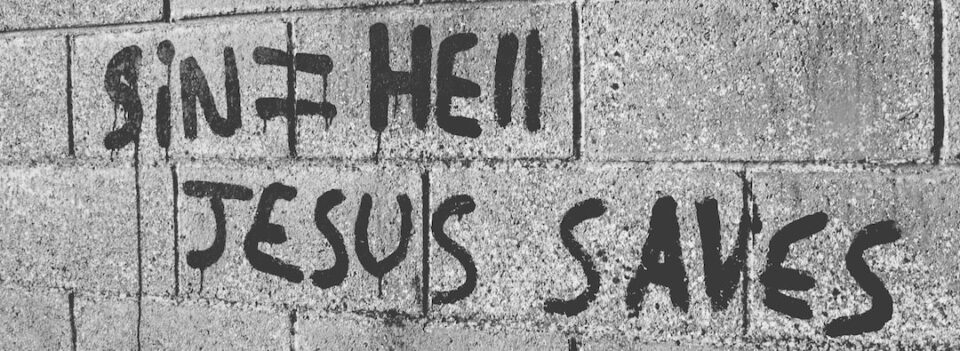Religion and Traditions: Preserving Cultural Heritage
Cultural heritage is what sets communities and societies apart, creating a unique tapestry of beliefs, practices, and values. At the heart of cultural heritage lies religion and its associated traditions, which play a significant role in preserving and shaping a community’s identity. Religion and traditions go hand in hand, acting as bridges between the past and present, ensuring that valuable customs and practices are passed down from one generation to the next.
Religion, regardless of its form, has been an integral part of human existence since ancient times. It often serves as a moral compass, guiding individuals’ behaviors and shaping their perspectives on life. Religious rituals and practices, in turn, are the glue that binds communities together, giving a sense of unity and purpose.
One of the most apparent ways religion preserves cultural heritage is through the continuation of age-old traditions. These traditions can span from annual festivals to daily rituals that remind individuals of their roots and provide a connection to their ancestors. For instance, the Hindu festival of Diwali, also known as the Festival of Lights, is celebrated worldwide and has remained largely unchanged over centuries. During this festival, families light oil lamps, burst fireworks, and exchange gifts, all of which symbolize the triumph of light over darkness, good over evil, and knowledge over ignorance. By celebrating Diwali year after year, Hindus keep their cultural heritage alive, passing down the traditions to their children and ensuring the continuation of their customs.
Beyond the celebratory aspect, religion and its accompanying traditions are central to the preservation of cultural heritage because they offer a framework for passing down important values and teachings. In many cultures, religious texts serve as a repository of wisdom and knowledge, guiding individuals throughout their lives. For example, the Bible in Christianity and the Quran in Islam provide guidance on issues ranging from moral conduct to familial relationships. By upholding these religious texts and ensuring their teachings are passed on, communities preserve the values and principles that have shaped their cultural heritage.
Furthermore, religion’s cultural preservation role extends to architecture, music, and art. Places of worship, such as churches, mosques, and temples, often serve as living testaments to the rich cultural legacy of their respective communities. These architectural marvels stand as physical embodiments of the values, beliefs, and artistic expressions of a particular culture. The intricate carvings on Hindu temples or the awe-inspiring Gothic architecture of cathedrals tell stories of bygone eras, inspiring admiration for the cultural heritage they represent. Preservation efforts, such as restoration projects or the establishment of heritage sites, help to ensure that these architectural gems continue to bear witness to the cultural traditions they are rooted in.
Music and art also play a significant role in preserving cultural heritage, often intertwined with religious expression. Whether it’s the melodic recitation of prayers, the chants of Buddhist monks, or the soulful hymns sung in Christian services, religious music has the power to transport individuals to a different time and place, connecting them with their cultural heritage. Traditional forms of art, such as paintings, sculptures, or dance, often find their inspiration in religious narratives and mythologies. By nurturing and supporting these artistic expressions, communities safeguard their cultural heritage, ensuring that future generations can experience and appreciate their cultural roots.
Despite the evident benefits of religious traditions in preserving cultural heritage, it’s essential to strike a balance between continuity and adaptation. While religions and traditions contribute to the richness and diversity of our world, they must also grow and evolve to remain relevant and inclusive. It is crucial to make room for progressive interpretations and reforms that align with the changing needs and values of society.
In conclusion, religion and its associated traditions serve as indispensable tools in preserving cultural heritage. They provide a sense of identity and unity, keeping communities connected to their roots and ancestors. By passing down traditions, upholding religious texts, and cherishing architectural masterpieces, communities can ensure their cultural heritage remains vibrant and alive. However, it is essential to embrace a progressive mindset, adapting religious practices to stay relevant while honoring the values and teachings that have shaped our cultural heritage throughout history.

